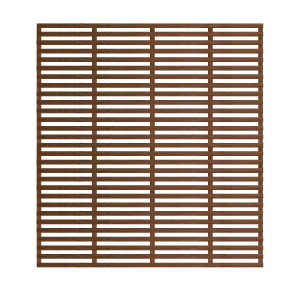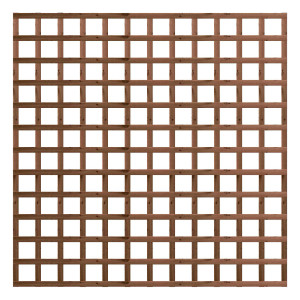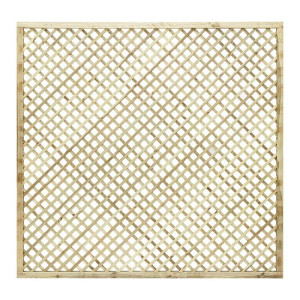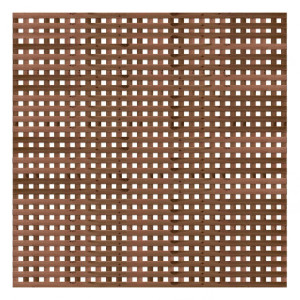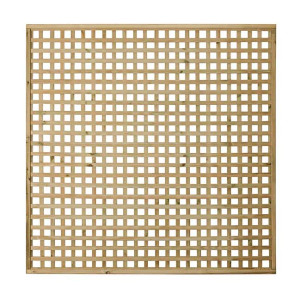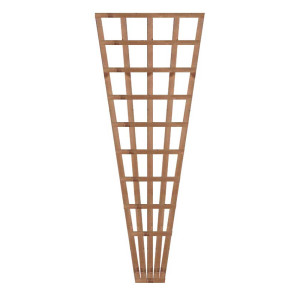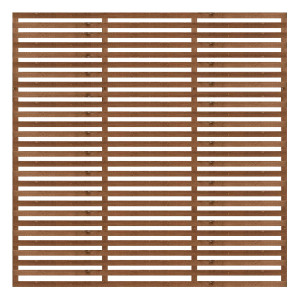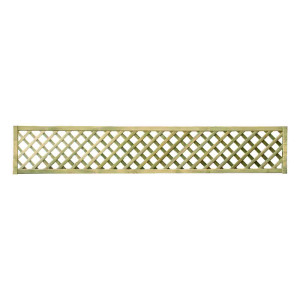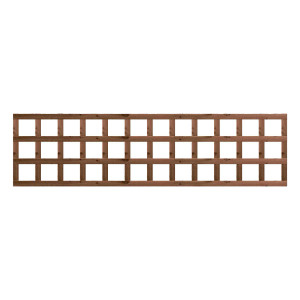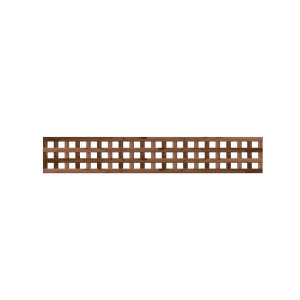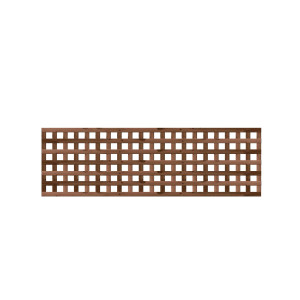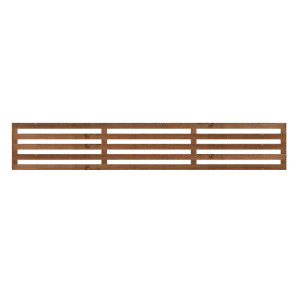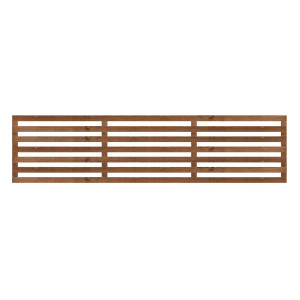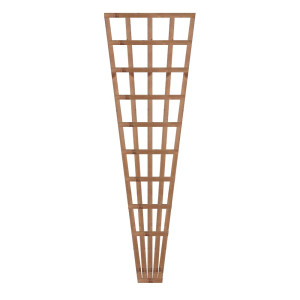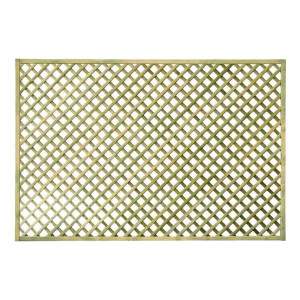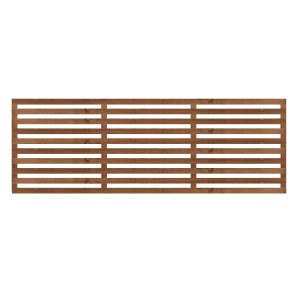Trellis Panels
Trellis panels offer a versatile and attractive solution for enhancing garden privacy and beauty. Primarily used to support climbing plants, they add a natural decorative element to any outdoor space. Whether integrated into fencing, used as garden dividers, or simply as decorative wall features, trellis panels serve multiple purposes.
They come in various sizes, materials, and designs, catering to a wide array of garden styles from traditional to contemporary. Beyond their aesthetic appeal, trellis panels can also improve the functionality of your garden by maximising vertical space and providing a support structure for plants. Ideal for garden enthusiasts looking to add charm and character to their outdoor sanctuary.

